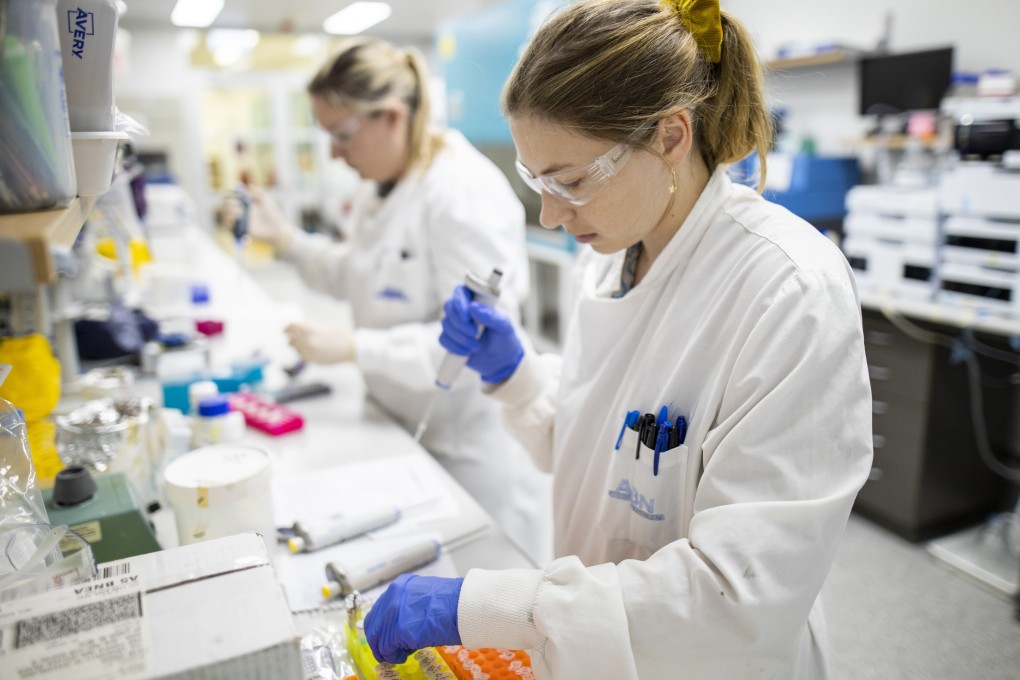Opinion | Why did Australia’s University of Queensland/CSL coronavirus vaccine fail?
- Participants in the Phase 1 trial received ‘false positive’ HIV tests because its ’molecular clamp’ technology was formulated with parts of HIV protein
- There were fears people would believe they had HIV when they did not, undermining confidence in the Covid-19 vaccine programme

Unlike news about the Pfizer/BioNTech Covid-19 vaccine days earlier, there were no safety concerns with the UQ/CSL vaccine.
According to a statement to the Australian Stock Exchange (ASX) on Friday, CSL said participants in the Phase 1 trial received “false positive” results to HIV tests. They were not infected with HIV, nor did the vaccine contain the entire HI virus.
Rather, the vaccine’s signature “molecular clamp” technology was formulated with parts of an HIV protein. When injected, these prompted the production of antibodies that were picked up in a range of HIV tests. In other words, if the vaccine had been widely rolled out, this could lead many people to think they had HIV when they did not.
The news prompted the federal government to announce it had cancelled its agreement to supply the UQ/CSL vaccine, which was always contingent on successfully completed clinical trials.
